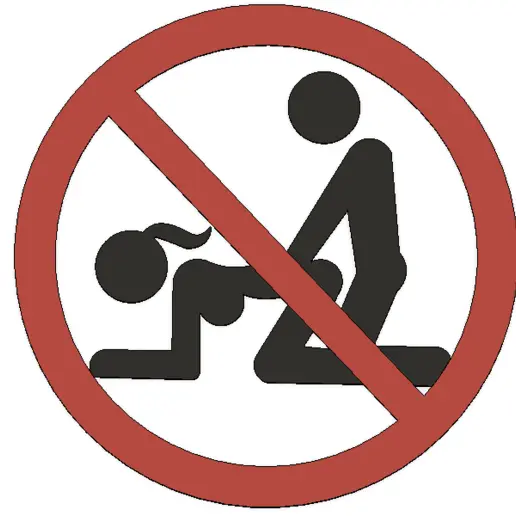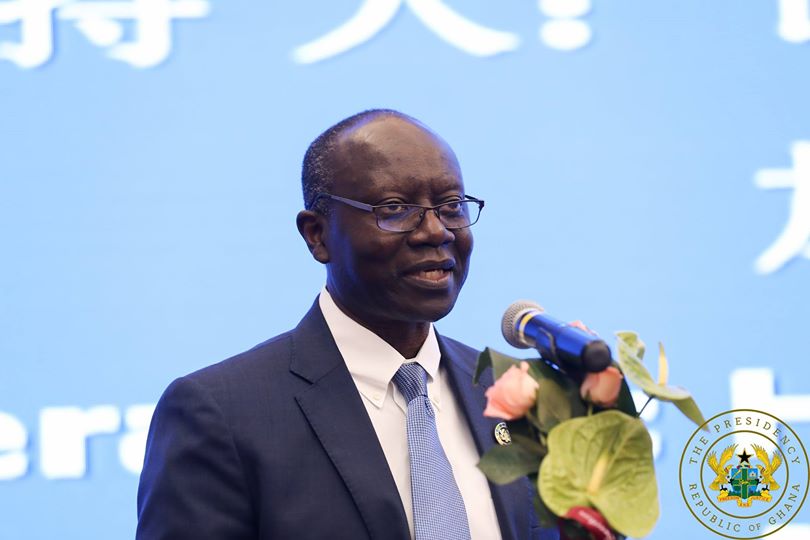‘Cabo Corso,’ meaning ‘short cape’, is the name the Portuguese settled on for the local settlement within which its trade lodge was built in 1555. Its corruption to ‘Cape Coast’ is now the accepted name of the capital of the Central Region of Ghana. The Swedes, led by Krusenstjerna, however, were the initiators of the permanent structure presently known as Cape Coast Castle. They built a fort in 1653 and named it Carlousburg, after King Charles X of Sweden.
ALSO READ : Rapper, T.I. & his Wife Visits Elmina Castle In Ghana.
Its proximity to St. George’s Castle (Elmina Castle) and its sheltered beach were all forceful ‘pull factors’ for European nations to the Cape Coast. In addition, the immense viability of the area’s trade implied that the ensuing quest for control led to the Swedes having trouble holding on to their fort. It was captured in turn by the Danes and the local Fetu chief.
Dutch occupation commenced in 1660. Finally, the British fleet, led by Captain Holmes, conquered the fort in 1665 and by 1700, had upgraded it into a castle.
Colonial rivalry between England and France peaked in 1757 during the Seven Years’ War. A French naval squadron bombarded Cape Coast Castle, leaving it badly damaged, and after 1760, the English reconstructed the castle entirely – with more durable materials and an improved sea defence system.
The English retained control of the Castle into the late 19th century. The slave trade was principal until its ban in 1807 by the British, and it ‘is estimated that around 1700, the Royal African Companywas exporting some 70,000 slaves per annum to the New World’ . After 1807, trade centred on precious metals, ivory, corn and pepper. In the eighteenth century, the castle’s role altered, as it became the centre of European education in Ghana.
The Cape Coast Castle has served as the West African headquarters of the president of the Committee of Merchants; the seat of the British governor; and a school.
Open to the public, it is currently a historical museum with a Ghanaian arts and crafts gift shop, and it is the regional headquarters of Ghana Museums and Monuments Board.

















